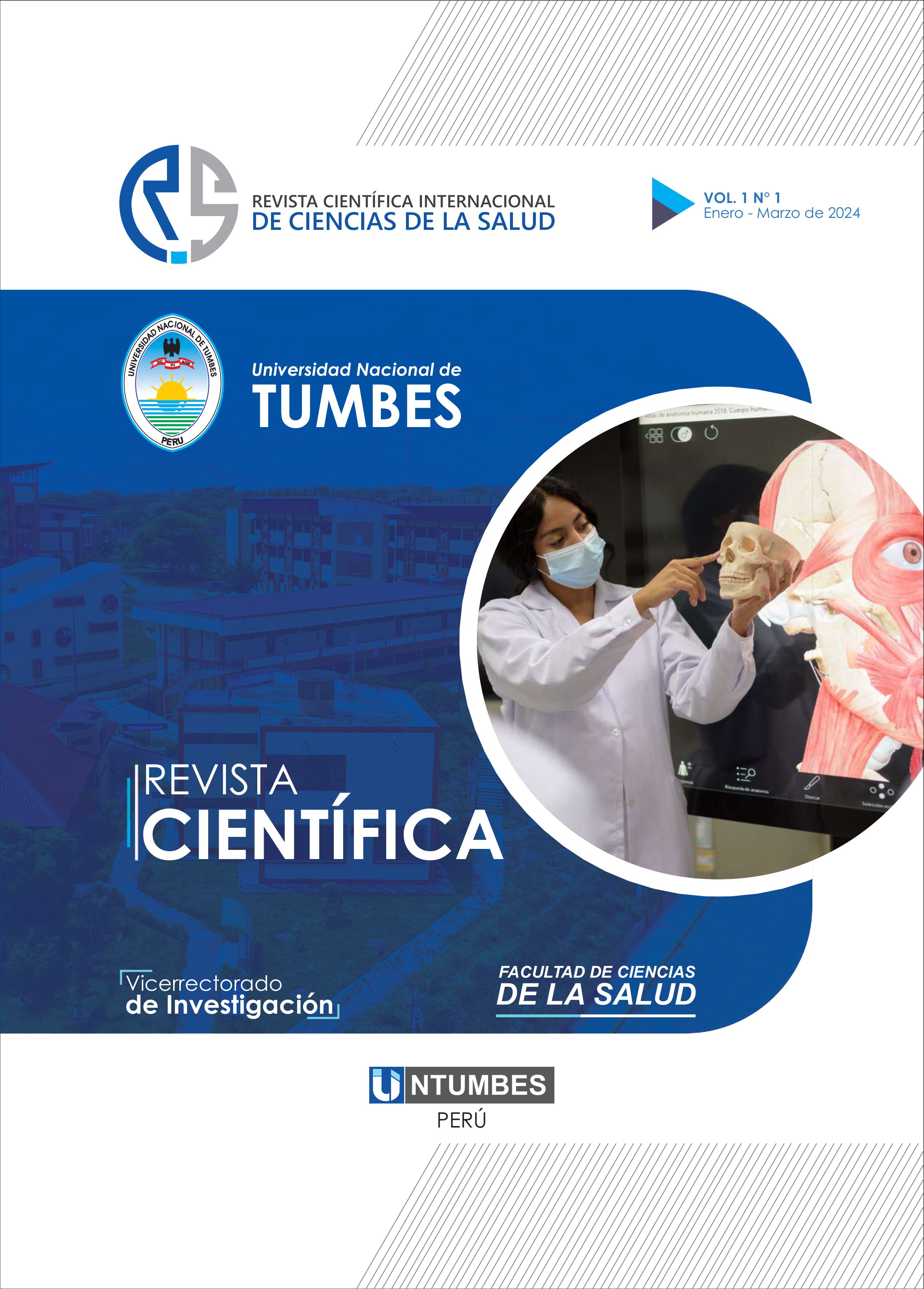Revistas
-
Manglar
MANGLAR es una revista científica de la Universidad Nacional de Tumbes, de periodicidad trimestral, cuyo objetivo es publicar artículos inéditos de las Ciencias Agrarias y Biológicas, dirigida a aquellos que hacen investigación en esta gran área del conocimiento. Las principales temáticas que aquí se publican son: Agricultura convencional y orgánica; Agroindustria y ciencia de los alimentos; Biodiversidad y Servicios ecosistémicos; Economía agraria; Biología, microbiología y ecología; Producción Animal y zootecnia; Genómica, Genética Molecular y Biotecnología; Mejoramiento Genético Vegetal y Recursos Fitogenéticos; Pesquería y acuicultura; Desarrollo rural sostenible; Energía limpia, segura y eficiente; Salud y bienestar socio-ambiental agrario; Conflictos socio-ambientales agrarios; Ciencia y tecnología medioambiental agraria; y Aprovechamiento sostenible de bosques.
-
Revista Internacional de Ciencias Sociales
Revista Internacional de Ciencias Sociales (RICSO) (e-ISNN 2955-8778) es una revista científica, internacional, arbitrada, de acceso abierto, cuatrimestral, en el campo de las ciencias sociales, que publica trabajos originales (nunca antes fue publicado como artículo) de investigación empírica y teórica y artículos de revisión, en español, inglés y portugués.
RICSO es un espacio de encuentro para investigadores, docentes y estudiantes universitarios de pre y postgrado, enfocada en profundizar publicaciones sobre las áreas del conocimiento en comunicación, educación, psicología y gestión hotelera y turismo en búsqueda de comprender las dinámicas sociales, económicas, tecnológicas, políticas y culturales contemporáneas.
La revista se compromete a promover el diálogo interdisciplinario y el intercambio de conocimientos entre las diversas disciplinas de las Ciencias Sociales, contribuyendo así al entendimiento y la solución de los problemas sociales actuales. RICSO, no cobra por publicar y se adhiere a los códigos de ética COPE. Estamos comprometidos con un tratamiento ágil de los manuscritos y mantener informado a los autores del avance de los mismos, alcanzando un promedio de edición en 14 semanas.
La revista está a cargo de un equipo editorial internacional, que mediante un proceso de revisión de pares doble ciego ofrece un canal de comunicación confiable, de alta calidad y gran visibilidad, conforme a las normas de publicación de la American Psychological Association (APA 7ma). Se publican bajo una Licencia de Atribución Creative Commons (CC BY-NC-ND). La revista está bajo el cuidado de la Universidad Nacional de Tumbes.
-
RICSA
Revista Científica Internacional de Ciencias de la Salud, cumple con las normas editoriales y estándares de calidad requeridos por los servicios de indización nacionales, regionales e internacionales, por lo tanto, los artículos publicados son arbitrados por un comité de pares. Una política de acceso abierto.







